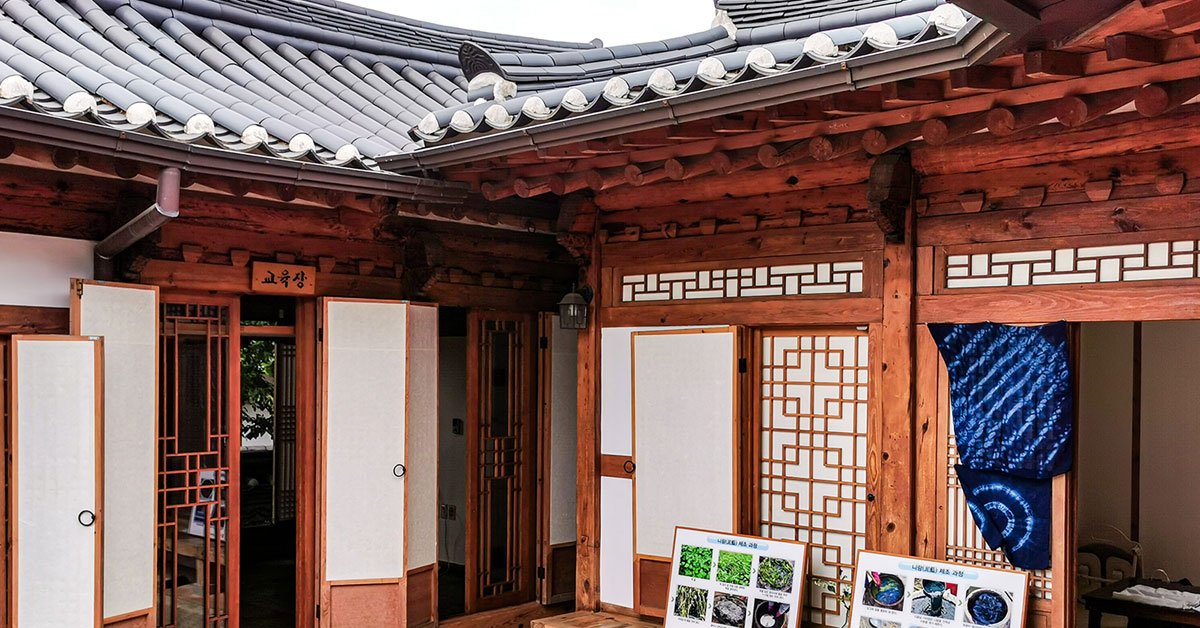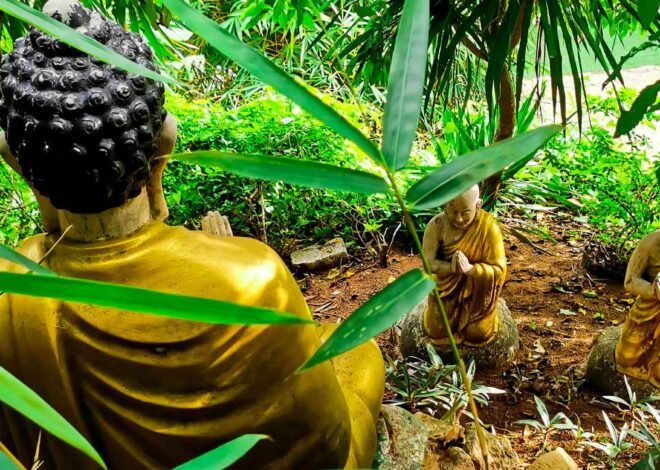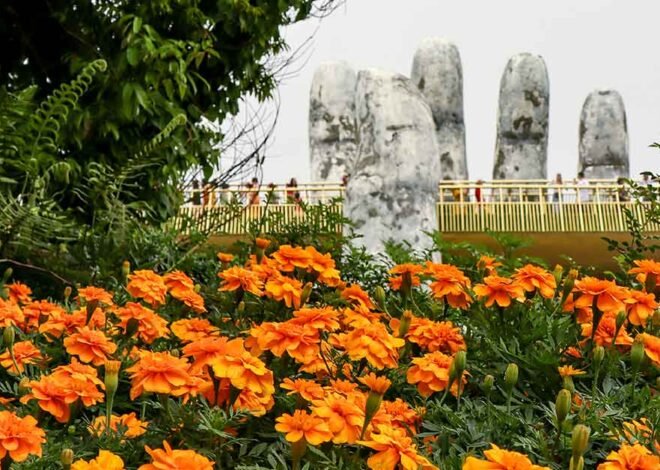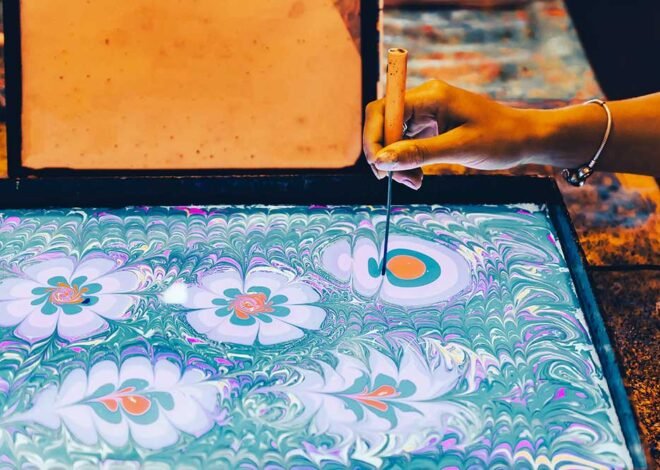
A Joseon Dynasty Living Story
Hanok Hall Interior, Copyright © Cooltourismical.com
The most special thing about Bukchon Hanok Village in Seoul is its architecture. Traditional Korean houses, once homes to most influential people of the Joseon era, are nowadays well-preserved examples of old construction and design techniques.
Most of them are still inhabited, some have been transformed into businesses where people can meet, eat and shop, while others are just open to the public, for visiting, free of charge.
These latter ones are often not crowded, because they seem not to offer anything special. But they do offer. Hanoks can shed light on intricate structural wood joinery and delicate decorative crafting. They can silently whisper about spatial configuration and building materials, strongly connected to the nature and its changing seasons.
Korean housing can prove magic is possible. Through the ondol, the heated flooring, fire and wood coexist at the very heart of a hanok, even when not likely to be compatible.
On top of that, each largely-opened window reveals a unique landscape of the surroundings. A real painting filled with sun light, framed by wood and shadowing hanji walls. Hanok’s interior becomes a background for nature. And not the other way around. Like the little universe of a vintage projector slide, lit from behind.
Above all, the silent beauty of the hanoks stays in their miraculous simplicity and spirit of nature.
Open hanoks in Bukchon neighbourhood:
- 📌 Bukchon Hanok Hall: 29-1 Bukchon-ro 12-gil, Jongno-gu, Seoul (Google / Kakao)
- 📌 Baek Inje’s House, unique black pine mansion: 16 Bukchon-ro 7-gil, Jongno-gu (Google / Kakao)
- 📌 House of Go Hui-Dong, Korean painter: 16 Wonseo-dong, Jongno-gu, Seoul (Google / Kakao)
- 📌 Bae Ryeom’s House Museum, Korean painter: Seoul, Jongno-gu, Gye-dong, 72 (Google / Kakao)
- 📌 Yun Po-sun’s House, Former Korean President: 62 Yunposun-gil, Jongno-gu, Seoul (Google / Kakao)


